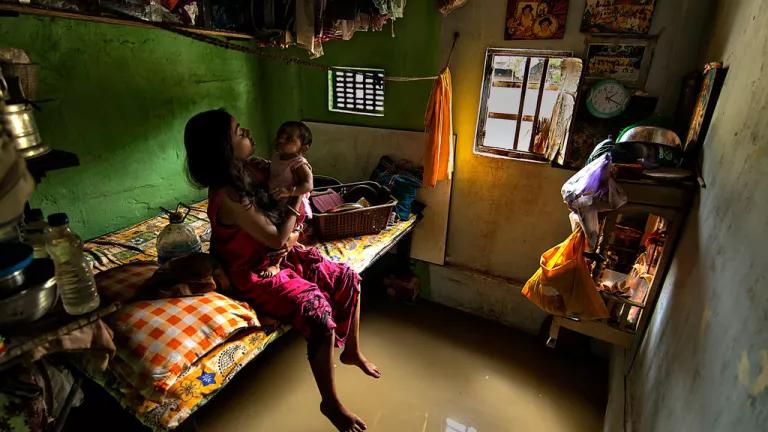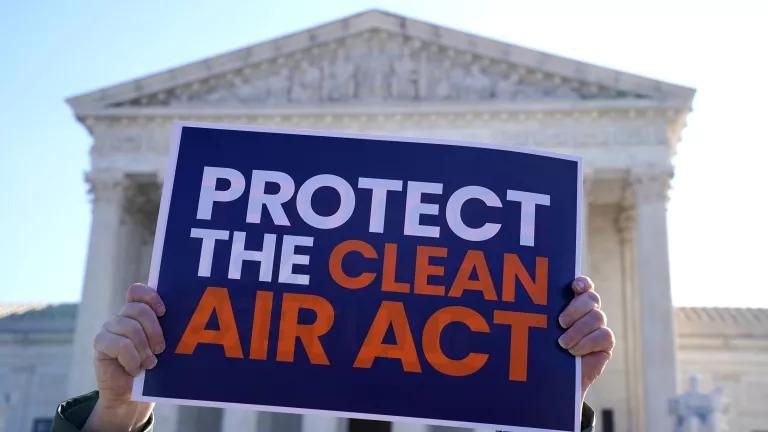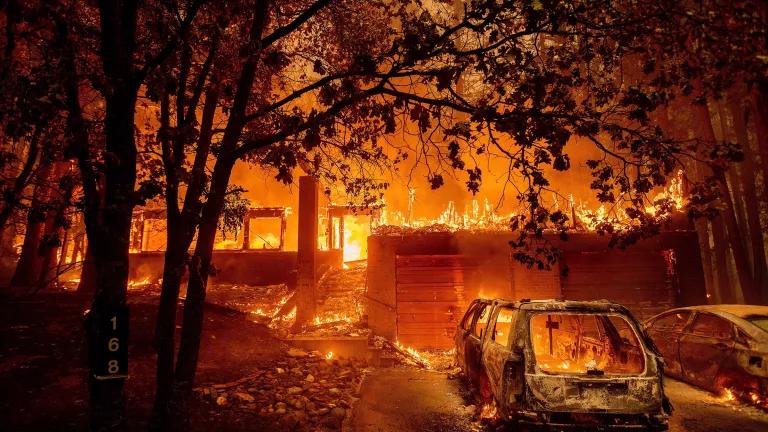Public Health Agencies Are Key Players in the Climate Fight

Opioids. The flu. Food recalls. State and local public health agencies constantly have their hands full with both emerging and long-simmering health crises. At the same time, agencies never have enough staff or money. Funding cuts contributed to a 3 percent decline in the nation’s state health agency workforce from 2012 to 2016 and a 5 percent drop in environmental health activities (e.g., disease surveillance and radiation control) at state agencies from 2010 to 2016.
Climate change may seem unimportant in the face of these challenges. But rising temperatures, changing seasons, and extreme weather are already harming our health in ways large and small, and the worst is yet to come. Because public health professionals are in the business of preventing health problems, they don’t have the luxury of ignoring the impacts of climate change on our water, air, food, and bodies. That’s particularly true since many current health challenges—including disparities in pollution exposure and access to care—will be more severe in a warmer world.
Thankfully, health agencies across the country are taking steps to protect Americans from the effects of climate change. According to a new report from the American Public Health Association, state and city public health agencies are successfully using funding from the Centers for Disease Control (CDC) and CDC’s Building Resilience Against Climate Effects (BRACE) framework to identify and protect climate-sensitive people and communities.
Climate and Health Adaptation in Action
The report builds on an earlier review of BRACE grantees by looking at the successes and challenges of nine states: Illinois, Maryland, Massachusetts, New Hampshire, New York, North Carolina, Oregon, Rhode Island, and Wisconsin. Here are some of the takeaways:
- BRACE grantees are creating cool data tools. Before you can develop a health solution to climate change, you need to understand who could be harmed most. That sounds obvious, but it’s not simple. A community’s vulnerability to climate change depends on its physical location, existing health conditions, and a wide array of demographic, socioeconomic, and cultural factors. To get a better handle on climate vulnerabilities, agencies like the Massachusetts Department of Health are developing mapping tools that allow users to visualize and analyze contributors to climate vulnerability.
- BRACE grantees are learning from one another. Collaboration and information-sharing helps resource-strapped public health officials do more with less. In New Hampshire, for example, staff from the Department of Health and Human Services worked with experts in other New England BRACE states to examine the link between extreme heat and hospitalizations and to develop ways to protect people from heat.
- Climate adaptation is local—and there’s no one-size-fits-all approach. As the Maryland Department of Health discovered, the concerns and priorities of community members don’t always match the results of scientific analyses. The state is working directly with communities to better meet their needs, including by developing the right communication tools to disseminate information before, during, and after disasters.
- The funding from CDC is helpful—but it’s a drop in the bucket. Nearly every state cited financial and staff constraints as a barrier to more effective action. In Oregon, for example, “more than a quarter of local health departments within the state reported having only partial-to-minimal ability to identify and prevent environmental health hazards.” And in North Carolina, catastrophic flooding in 2016 from Hurricane Matthew delayed implementation of heat and wildfire interventions in favor of more immediate recovery needs.

Are State Climate and Health Adaptation Plans Working?
An important part of any climate and health adaptation plan is evaluation. In other words, are the steps taken by health agencies to protect people from climate change reducing illnesses and deaths? Stay tuned for the answer, as most of the grantees are developing their evaluation plans now.
If the latest release of the Health Security Preparedness Index is any indication, however, the BRACE grantees are fairly prepared for weather disasters, disease outbreaks, and other climate-related and non-climate-related disasters. In 2017, all nine of the states profiled in the APHA report were above the national average in health security preparedness, and seven of the nine states had increased their level of preparedness from the prior year.
Climate change is here and now when it comes to our health. Public health officials have an urgent need to identify vulnerable communities, develop plans and policies to address climate-related health challenges, and evaluate those plans and policies in a timely manner.
Want to learn more? Check out this webinar or read the American Public Health Association’s full report here.



